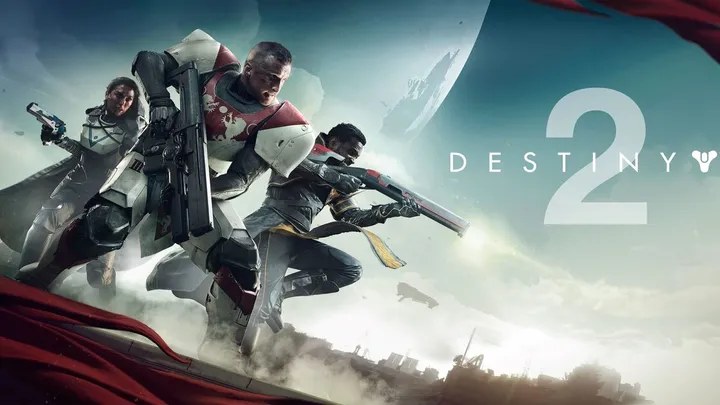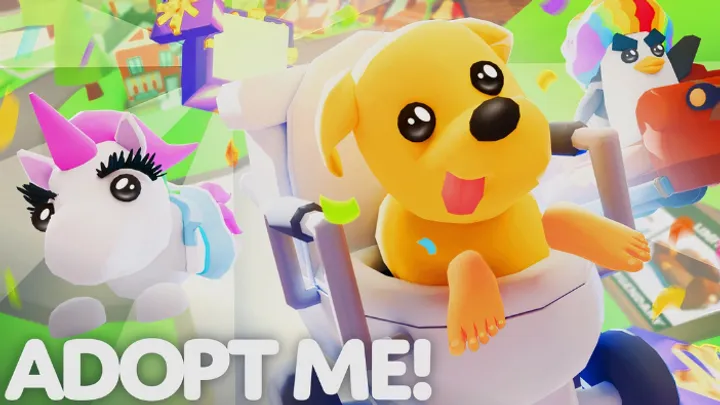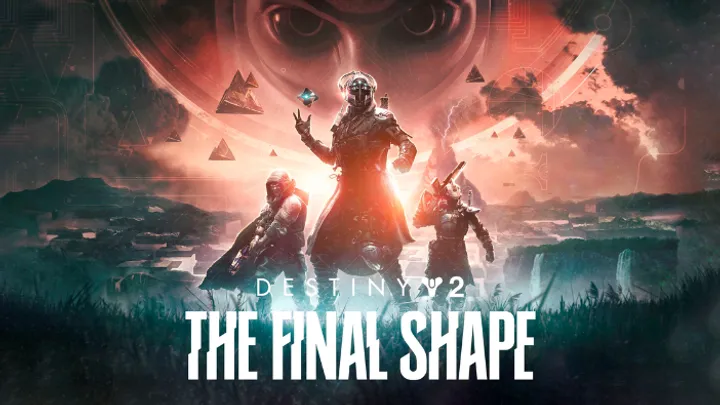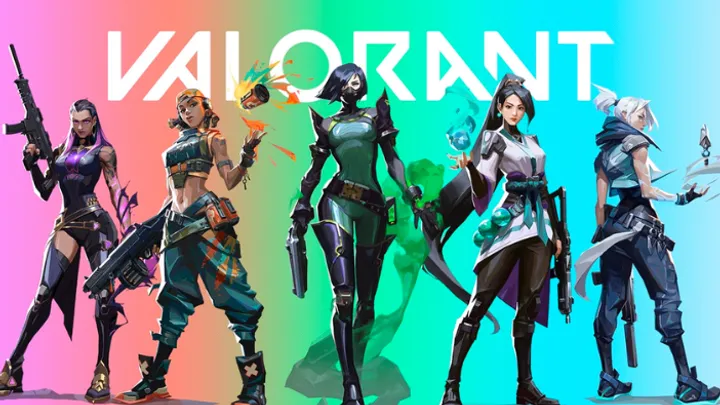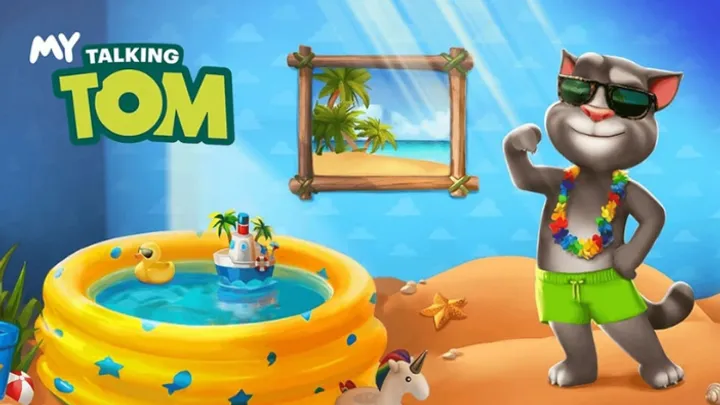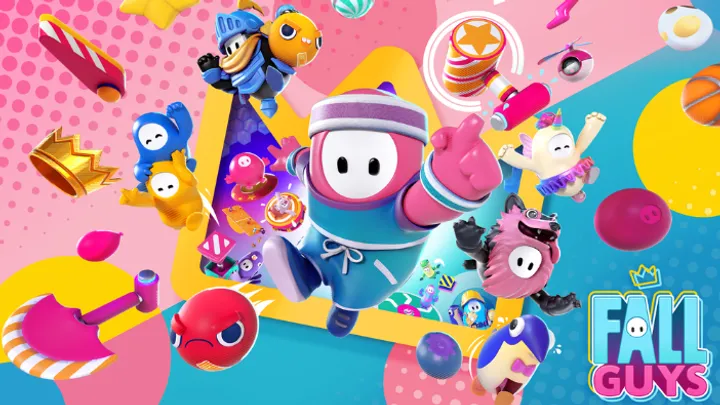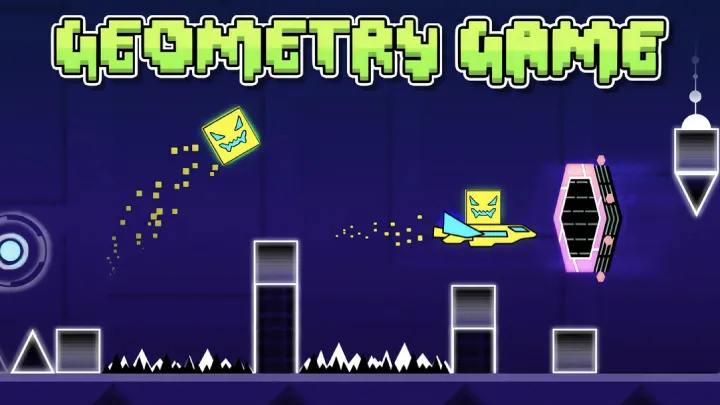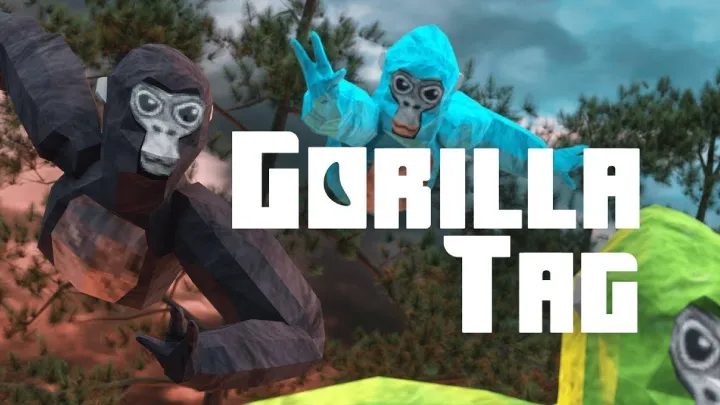A Dance of Fire and Ice (ADOFAI) is deceptively simple at first glance — just two planets orbiting each other while the player taps in rhythm to guide them along twisting tracks. Yet beneath its minimalist art and hypnotic music lies one of the most punishing rhythm-based learning curves in modern indie gaming. The central issue this article examines is not the music itself, nor the aesthetics, but the game’s uniquely steep and often polarizing difficulty progression. For some, it becomes a masterclass in rhythm mastery; for others, it is a barrier so high that enjoyment collapses into frustration. This article breaks down that difficulty curve across different stages of the game’s journey, exploring its design philosophy, community responses, and broader lessons for rhythm games.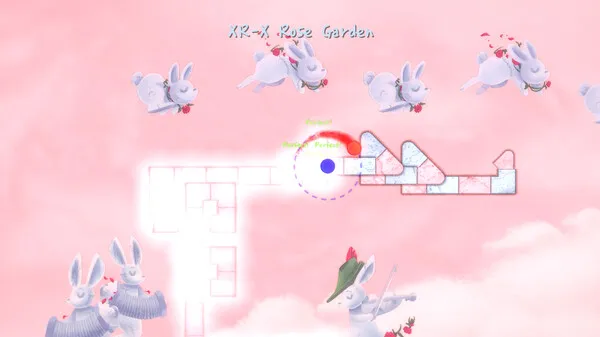
The Early World Illusion of Accessibility
When players begin ADOFAI, the first few worlds are almost disarmingly simple. Tracks curve gently, the beats land predictably, and tutorials guide players through rotations and timing. The early stages feel like an invitation — proof that anyone can grasp rhythm if they just listen closely. This sense of accessibility is intentional, setting up the player for confidence.
However, this early accessibility creates a kind of illusion. By conditioning the player to expect steady progression, the game masks just how punishing later worlds will be. This “honeymoon period” ends abruptly when sharp turns, syncopated beats, and sudden tempo changes arrive, and for many players, the jump feels less like a ramp and more like a cliff. The game’s first identity crisis emerges: is it meant to be a casual rhythm experience, or a hardcore precision gauntlet?
The Sudden Spike: Where Casual Meets Hardcore
By the mid-game, ADOFAI introduces level designs that break the rhythm patterns players had just internalized. Beats begin to fall slightly off expected timing, visual cues become deceptive, and the planets swing into angles that demand perfect instinct. This sudden leap in difficulty is one of the game’s most debated issues.
For casual players, the jump feels unfair. The foundation built in earlier worlds doesn’t fully prepare them for syncopated or deceptive rhythms, making failure feel disconnected from their earlier success. For hardcore rhythm enthusiasts, however, this is the moment ADOFAI transforms into a uniquely rewarding challenge. The spike filters the player base — those who thrive on the grind remain, while others abandon the game entirely.
Rhythm Versus Reflex: The Core Design Conflict
At its heart, ADOFAI’s difficulty curve reflects a tension between rhythm recognition and reflex training. Most rhythm games reward players for listening, anticipating, and reacting musically. ADOFAI, however, often demands muscle memory and reflexive precision that feels divorced from rhythm itself.
This tension raises an important design question: is ADOFAI a rhythm game first, or a reflex game disguised as rhythm? For many players, later stages demand countless retries to memorize track layouts rather than simply “feeling the beat.” The more the game leans into memorization, the more it risks alienating those who entered expecting pure rhythm immersion. This conflict shapes not only player perception but also the long-term identity of the game.
The Psychological Wall of Repetition
The infamous repetition cycle is another byproduct of the difficulty curve. Unlike rhythm games with forgiving checkpoints, ADOFAI often forces players to replay large sections of a track after each failure. On short, looping tracks this feels manageable, but on longer, complex ones it transforms into psychological punishment.
This cycle of repetition has two distinct effects. For some, it becomes a meditative grind — each retry honing muscle memory until victory feels transcendent. For others, it produces burnout, resentment, and eventual abandonment. The game becomes less about rhythm mastery and more about mental endurance. The wall of repetition is thus both the crucible of ADOFAI’s greatest triumphs and its sharpest criticisms.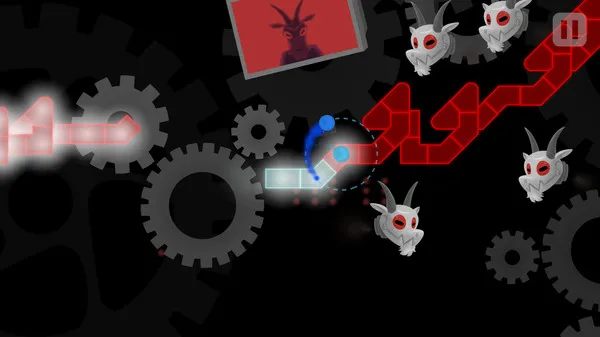
Community Adaptation and the Rise of Custom Levels
The player community responded to the punishing difficulty curve in creative ways. One of the most significant outcomes was the explosion of custom levels. Community-made tracks ranged from introductory practice maps designed to help players bridge difficulty gaps, to absurdly complex creations that pushed human reflexes to their limit.
Custom levels provided an escape hatch for frustrated players while simultaneously fueling hardcore competition. They became both a lifeline and a pressure cooker, reinforcing the game’s dual identity. Players who couldn’t keep up with official levels found solace in easier community tracks, while rhythm veterans turned to custom maps as a badge of honor. In this way, community adaptation both softened and amplified the game’s difficulty crisis.
Developer Philosophy: Difficulty as a Gatekeeper
The developers of ADOFAI have been vocal about their philosophy: the game is meant to be challenging, and that difficulty is not an accident but a design pillar. By structuring progression as a series of sharp hurdles, they intentionally gate players, ensuring only the dedicated reach later content.
This philosophy polarizes the audience. Supporters argue it preserves the integrity of the challenge, preventing the game from being diluted into casual entertainment. Critics counter that it unnecessarily excludes players who love rhythm games but dislike excessive repetition or reflex-heavy gameplay. The tension between inclusivity and elitism lies at the heart of ADOFAI’s difficulty design, and it continues to shape its reception.
The Cultural Divide in Rhythm Expectations
Interestingly, ADOFAI’s difficulty curve also exposes cultural divides in rhythm gaming communities. In East Asian markets, rhythm games are often synonymous with extreme difficulty and precision — arcade titles like Beatmania or Sound Voltex thrive on near-impossible tracks. In contrast, Western rhythm players often expect more accessible, music-driven experiences like Guitar Hero or Just Dance.
ADOFAI sits awkwardly between these cultures. Its visual simplicity appeals globally, but its difficulty philosophy aligns more with hardcore Eastern rhythm traditions. This creates a disconnect: Western players may feel betrayed by its punishing curve, while Eastern players embrace it as standard. This cultural divide explains much of the polarized reception.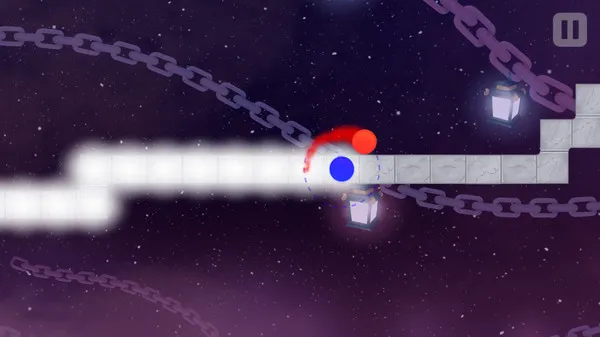
The Endgame: Mastery or Madness?
For those who endure the punishing curve, ADOFAI’s endgame offers a kind of transcendent mastery. Later worlds demand not just precision but total immersion — every beat, every angle, every reflex sharpened to perfection. Clearing these levels becomes less about entertainment and more about proving personal skill.
However, for the vast majority, the endgame is unattainable. It becomes more of a spectacle than an achievable goal, with YouTube videos of elite players showcasing feats that ordinary players can only admire. This raises the question: is the endgame content meant to be played, or simply watched as a form of performance art?
Lessons for Rhythm Game Design
The difficulty curve of ADOFAI offers critical lessons for rhythm game developers. It demonstrates the importance of aligning difficulty with player expectations, providing smoother progression ramps, and distinguishing between rhythm-based challenges and reflex-heavy memorization.
Future rhythm titles can learn from ADOFAI’s dual legacy: its uncompromising design produces some of the most rewarding moments in rhythm gaming, but also some of the most alienating. Striking a balance between challenge and accessibility may be the ultimate takeaway. ADOFAI carved its identity on the knife’s edge of difficulty, and whether that identity inspires or repels depends entirely on the player.
Conclusion
A Dance of Fire and Ice is a minimalist rhythm masterpiece that thrives — and suffers — because of its punishing difficulty curve. Its early accessibility hides a brutal transformation into one of the hardest rhythm games of its kind, dividing players between those who find transcendence in repetition and those who abandon it in frustration. By examining its difficulty, we see not just a game, but a lesson in design philosophy, cultural expectation, and the delicate balance between rhythm and reflex. Ultimately, ADOFAI’s greatest strength is also its greatest flaw: it dares to test the limits of rhythm mastery, even at the cost of alienating much of its audience.
Pros
- Unique minimalist design paired with hypnotic music
- Deeply rewarding for players who enjoy challenge
- Strong community custom level support
- Clear design philosophy of uncompromising difficulty
Cons
- Abrupt and punishing difficulty spikes
- Over-reliance on repetition and memorization
- Excludes casual rhythm players
- Limited accessibility and progression ramps
Rating: 7.5/10





